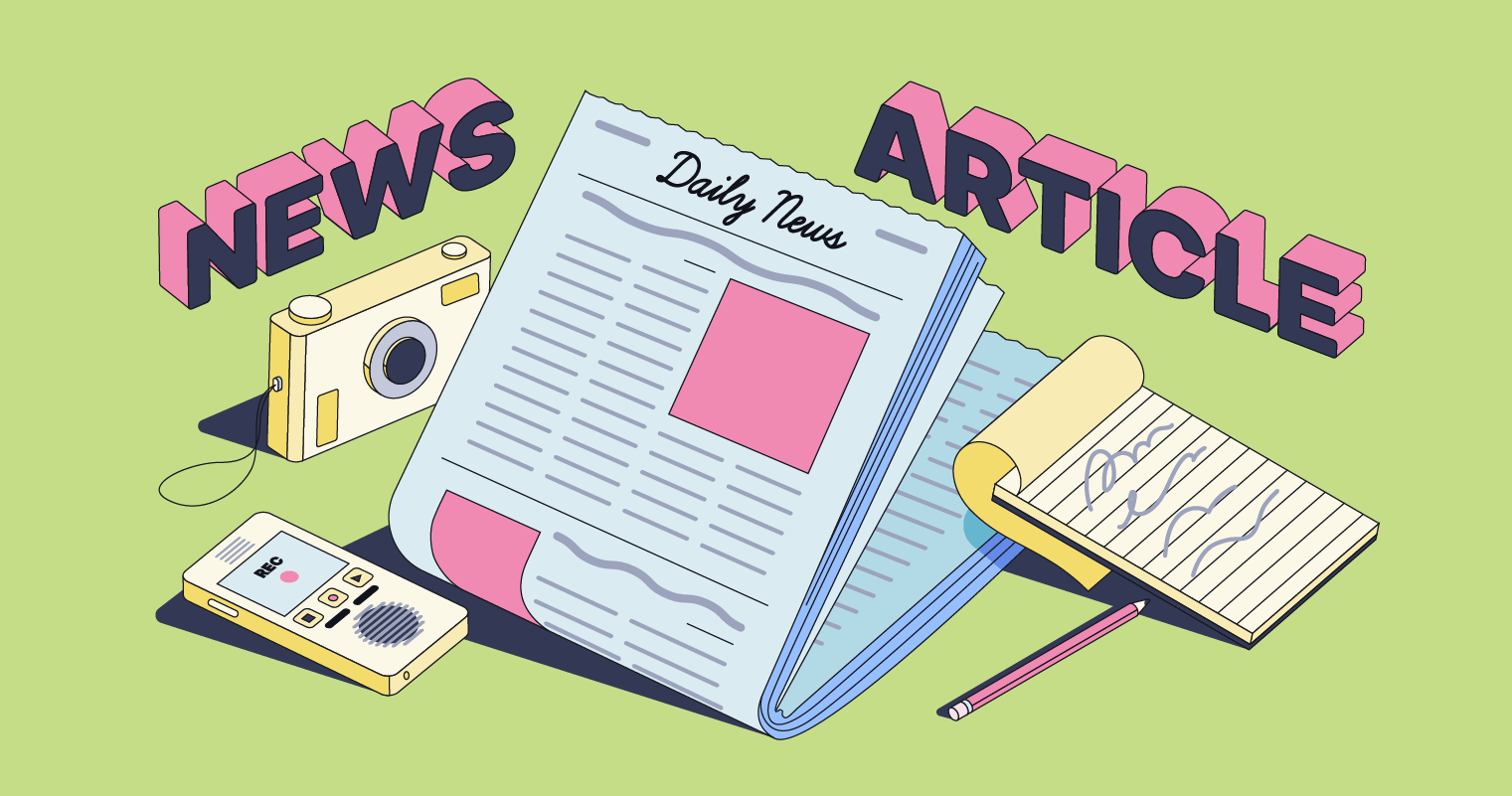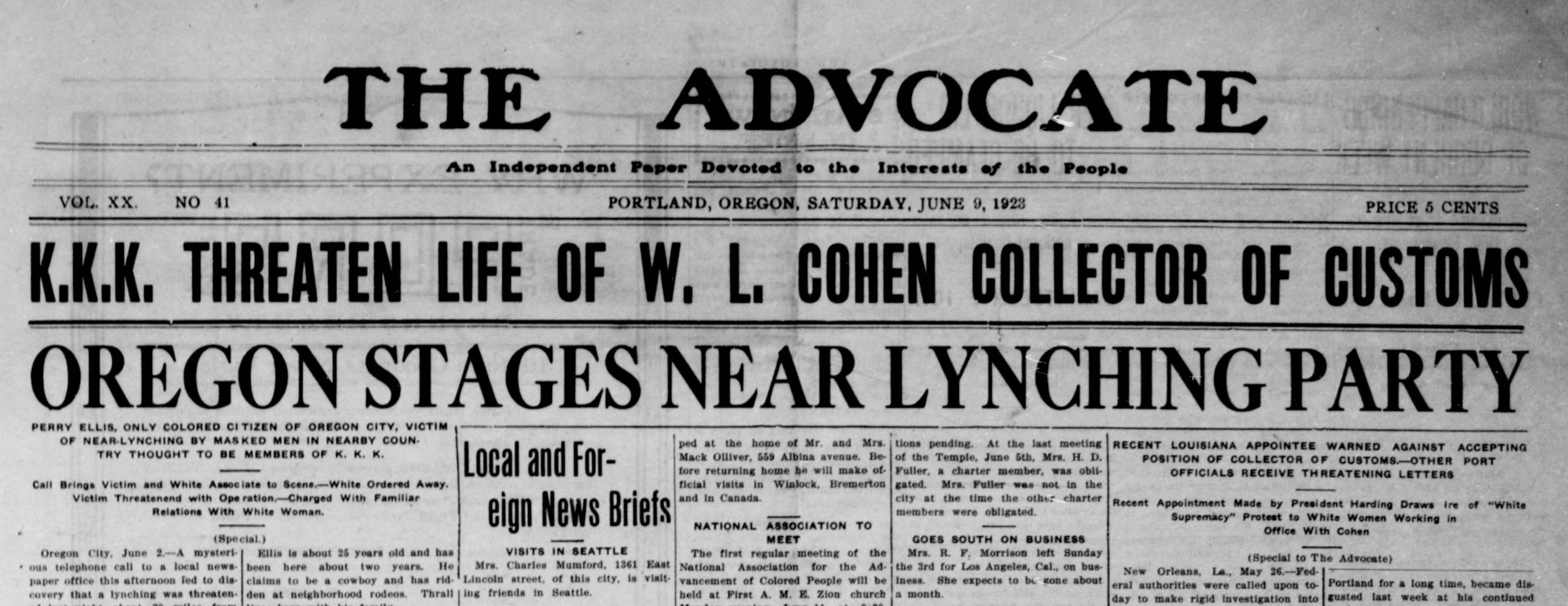News Articles Things To Know Before You Get This
News Articles Things To Know Before You Get This
Blog Article
The 9-Minute Rule for News Articles
Table of ContentsThe 5-Minute Rule for News ArticlesSome Of News ArticlesNews Articles Things To Know Before You BuyNot known Details About News Articles The smart Trick of News Articles That Nobody is Discussing
Great expertise of various topics provides pupils an one-upmanship over their peers. Even though digital and social media are conveniently accessible, we must not forget exactly how vital it is to read the papers. Parents must try and inculcate the behavior of reviewing a paper as a daily regimen to proceed the tradition of the revered print tool.Information tales additionally consist of at the very least one of the complying with important features family member to the intended audience: closeness, prominence, timeliness, human interest, oddity, or consequence.
Within these limits, newspaper article additionally aim to be thorough. Nonetheless, other aspects are included, some stylistic and some derived from the media form. Among the bigger and a lot more highly regarded newspapers, justness and balance is a significant consider presenting info. Commentary is typically constrained to a separate area, though each paper may have a different overall angle.
Newspapers with a global audience, for example, have a tendency to use an extra formal style of creating. News Articles.; common design guides consist of the and the United States Information Style Publication.
The Single Strategy To Use For News Articles
As a regulation, reporters will not utilize a long word when a short one will certainly do. They make use of subject-verb-object construction and vibrant, energetic prose (see Grammar). They supply anecdotes, examples and metaphors, and they hardly ever depend upon generalizations or abstract ideas. News authors try to prevent using the very same word greater than as soon as in a paragraph (often called an "resemble" or "word mirror").
Headings sometimes leave out the topic (e.g., "Leaps From Watercraft, Catches in Wheel") or verb (e.g., "Pet cat female fortunate"). A subhead (additionally subhed, sub-headline, subheading, caption, deck or dek) can be either a subservient title under the major heading, or the heading of a subsection of the write-up. It is a heading that comes before the major message, or a team of paragraphs of the primary message.

Added billboards of any of these types may appear later in the article (especially on subsequent pages) to attract additional reading. Such signboards are additionally used as tips to the short article in other sections of the magazine or site, or as ads for the piece in various other magazine or sites. Typical framework with title, lead paragraph (summary in vibrant), other paragraphs (information) and get in touch with information.

Instance of a hard-lead paragraph NASA is suggesting another area task. The agency's budget plan demand, revealed today, consisted of a plan to send out another goal to the Moon. This moment the agency intends to develop a lasting facility as a jumping-off point for various other room adventures. The budget plan demands approximately $10 billion for the task.
The NASA news came as the agency requested $10 billion of appropriations for the project. An "off-lead" is the second crucial front web page news of the day. The off-lead shows up either in the top left edge, or directly below the lead on the right. To "hide the lead" is to start the article with history info or see this site details of secondary importance to the visitors, forcing them to learn more deeply right into a post than they should need to in order to uncover the vital factors.
The Definitive Guide for News Articles
Common usage is that or two sentences each form their own paragraph. Journalists generally explain the organization or framework of a newspaper article as an inverted pyramid. The essential and most interesting aspects of a story are placed at the start, with sustaining details complying with in order of reducing value.
It permits people to check out a topic to only the depth that their inquisitiveness takes them, and without the charge of information or subtleties that they might consider irrelevant, however still making that details readily available to extra interested visitors. The inverted pyramid framework also enables posts to be trimmed to any kind of approximate length during format, to fit in the room readily available.
Some authors start their stories with the "1-2-3 lead", yet there are numerous kinds of lead readily available. A twist can refer to several things: The last tale in the information program; a "satisfied" tale to finish the show.
Longer posts, such as publication cover write-ups and the pieces that lead the inside areas of a paper, are recognized as. Attribute stories vary from straight information in a number of ways. Foremost is the lack of a straight-news lead, most of the moment. Instead of offering the essence of a tale in advance, feature writers may try to lure readers in.
Little Known Facts About News Articles.
The reporter often details communications with interview subjects, making the piece more individual. A feature's first paragraphs commonly relate an interesting moment or event, as in an "anecdotal lead". From the details of a person pop over here or episode, its view rapidly widens to generalizations regarding the story's subject. The section that pop over to this web-site signifies what an attribute is around is called the or signboard.

The Editor's Tool kit: A Referral Overview for Beginners and Professionals (2001) Allan M. Siegal and William G. Connolly. The New York Times Guidebook of Style and Usage: The Official Style Guide Used by the Writers and Editors of the World's Many Authoritative Newspaper (2002) M. L. Stein, Susan Paterno, and R.
Report this page